
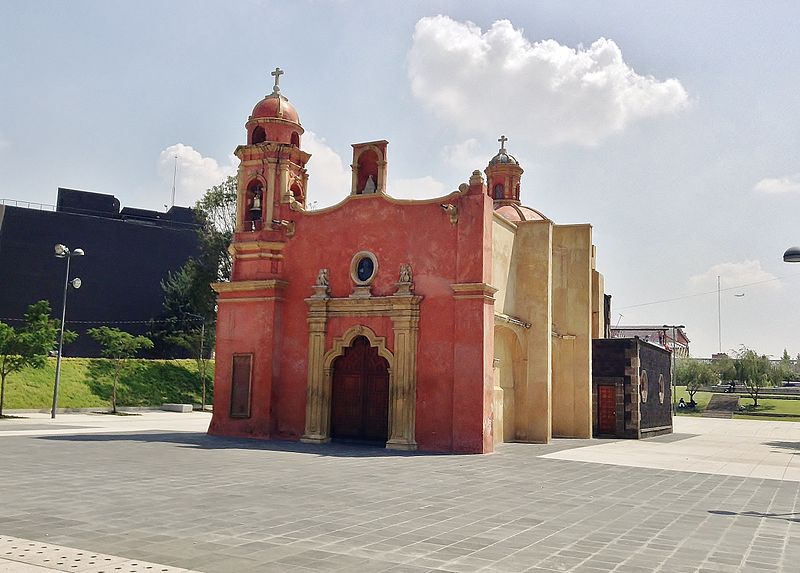
The Chapel of the Immaculate Conception is popularly known as Concepción Tlaxcoaque. It’s a small 17th-century Baroque temple originally consecrated as the Temple of the Blood of Christ (Sangre de Cristo). The Tlaxcoaque neighborhood was an entirely indigenous neighborhood likely formed in the early 17th century. In 1677, the chapel was re-dedicated to the Immaculate Conception when María Francisca, an indigenous woman from the neighborhood of Santa Cruz Acatlán, donated an image to the church. That image was venerated for many years.
The temple is built on a Latin cross floor plan. Its single nave has a dome over the transept. The north-facing façade has a single tower with a bell tower on the east side. The east and west sides are reinforced by buttresses. It was built from volcanic stone and indigenous artists participated in its erection. The ring of the dome, the arches on the tower, and the pilasters supporting them, all have bands of vegetable reliefs and figures of children or angels that show indigenous handiwork.
Entranceway pilasters are topped by figures also of apparent indigenous craftsmanship. These may represent benefactors of the chapel. Leaves on the door depict Saint Joseph and the Immaculate Conception. The bell tower, of one octagonal body and cupola, is graceful and decorated with semicolumns.
The Plaza Tlaxcoaque resulted from the 1930s wave of road building. This created the Calzada de Tlalpan and Avenida 20 de Noviembre. The Concepción Tlaxcoaque Church was spared, but isolated in its plaza with heavy traffic on all sides. In 2009, for the bicentennial of Mexico’s Independence and the Centennial of the Revolution, Mexico City came to an an agreement with the Azerbaijani Embassy to restore the chapel and remodel the plaza. The project was supported by the Government of Azerbaijan, and the remodeling was directed by Italian architects Antonio Sposito and Elena Bruschi. The project was completed in 2012.
Irregular in shape, the Plaza hosts a commemorative sculpture in honor of the Khojaly Massacre. The fountain also dates from 2012 when the area was landscaped and new trees were planted.
 +525555885959
+525555885959
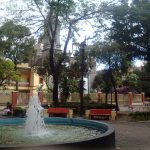
Nearest at 0.26 kms.
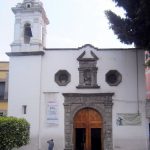
Nearest at 0.29 kms.
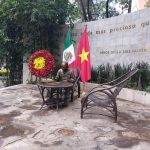
Nearest at 0.29 kms.
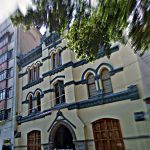
A historic Methodist church in the old grand cloister of San Francisco . . .
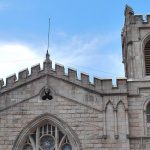
A historic Methodist church on the Avenida Balderas . . .
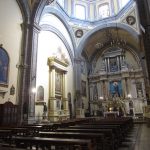
The first target of the counter-reformational Academy of Art . . .
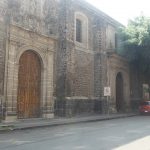
The old church of an important early Dominican convent in the Historic Center...

A grand 16th-century school lives on as an events venue and historic monument...